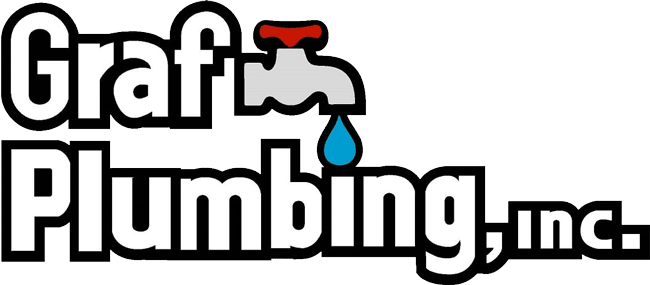Tubs

Plumbing for bathtubs involves several key components and considerations:
1. Drainage: The bathtub has a drain that connects to the home’s plumbing system. Proper installation is crucial to prevent leaks and ensure effective drainage.
2. Overflow Drain: Most bathtubs have an overflow drain to prevent water from spilling over. This connects to the main drain line and should be installed at the correct height.
3. Water Supply Lines: Hot and cold water supply lines are necessary for filling the tub. These should be adequately sized and insulated to prevent heat loss.
4. P-Trap: A P-trap is essential for preventing sewer gases from entering the home. It traps a small amount of water, creating a seal.
5. Ventilation: Proper venting is needed to allow air into the plumbing system, preventing pressure issues and ensuring smooth drainage.
6. Material Compatibility: Ensure that all plumbing materials (pipes, fittings) are compatible with the bathtub and local plumbing codes.
7. Accessibility: Consider access for maintenance. Ensure that any shut-off valves and connections are easy to reach.
If you’re installing or replacing a bathtub, it’s often best to consult a professional plumber to ensure everything is up to code and functioning correctly.









